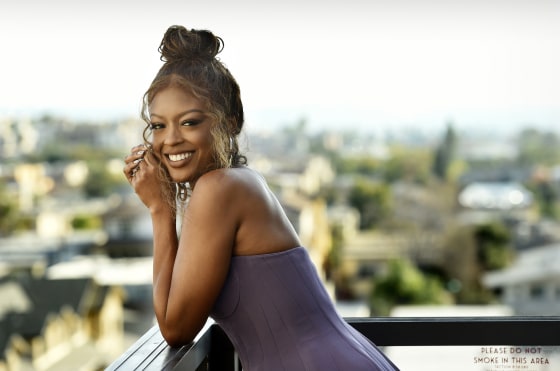For the first time, lesbians outnumber gay men among broadcast television’s LGBTQ characters, according to a report released Thursday from the queer media advocacy group GLAAD.
In its annual “Where We Are on TV” report, GLAAD, which started analyzing LGBTQ representation on TV in 1996, found that queer women represent 56 of the 141 LGBTQ characters on scripted broadcast programs, or 40 percent, in the current 2021-2022 TV season. Gay male characters represent 49 of the total queer characters, or nearly 35 percent, on the five major broadcasters — ABC, NBC, CBS, FOX and The CW. The NBC broadcast channel and NBC News are both part of Comcast-NBCUniversal.
“It’s important to see equity even within our own marginalized community,” GLAAD President and CEO Sarah Kate Ellis told NBC News. “So to see women be so front and center is a sign for me that there is progress, that we are moving forward.”
Lesbian representation was given a boost on broadcast TV with the premiere of shows such as ABC’s “Queens,” CBS’ “NCIS: Hawai’i,” NBC’s “Law & Order: Organized Crime” and Fox’s “Pivoting” and “Our Kind of People.”
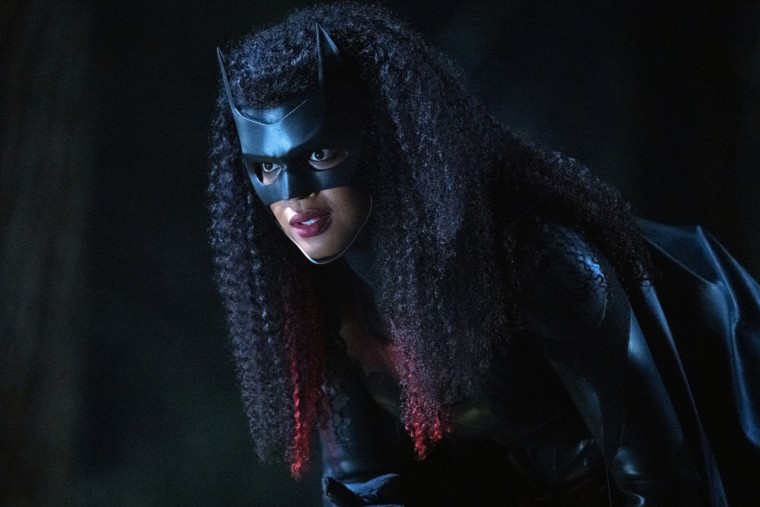
Javicia Leslie, a bisexual actor who plays the titular lesbian superhero in the CW series “Batwoman,” attributed the uptick in lesbian representation to the onset of the #MeToo movement in 2017.
“With everything that happened a few years ago, I think that the industry is starting to shift and a lot more of the ones that are in charge, a lot more of the ones that approve the content that’s coming out are women,” Leslie said. “Because of that, we’re going to get more stories that are told from the female point of view, including every aspect of the female point of view.”
She added, “It’s just really cool to be a part of not just a trend, but a change, you know, a shift where more inclusive stories are being told.”
This TV season also marked the first time lesbians make up most of the LGBTQ characters on cable TV since the 2006-2007 season, GLAAD found, with lesbians making up 48 of cable TV’s 138 LGBTQ characters. GLAAD attributed both peaks in lesbian representation to Showtime’s “The L Word,” which originally premiered in 2004 and was rebooted as “The L Word: Generation Q” in 2019.
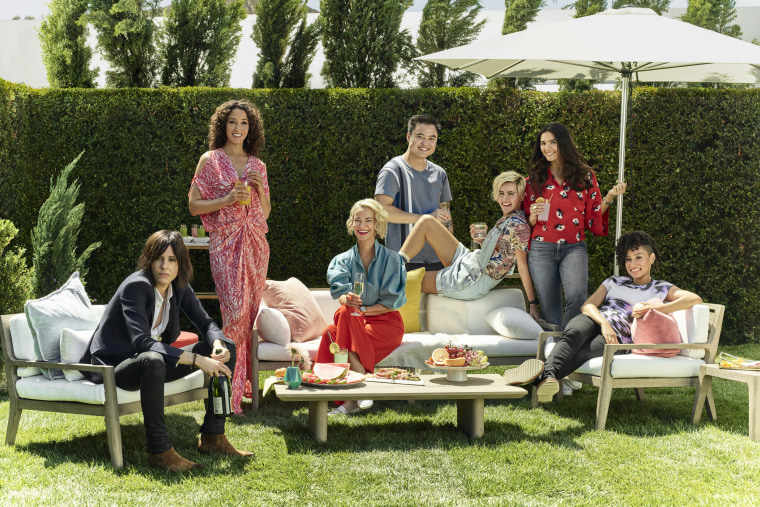
However, among streaming services — which the organization started collecting data for in 2019 — gay men held on to their majority, representing 118 of streaming services 358 LGBTQ characters compared with 98 lesbians.
This season, there are 637 regular and recurring LGBTQ characters across broadcast, cable and streaming platforms, with 202 lesbian characters (32 percent), 212 gay men (33 percent), 183 bisexuals (29 percent), 42 transgender characters (6.6 percent) and 17 nonbinary roles (2.7 percent). Bisexual and transgender characters saw considerable season-over-season growth, with 84 and 45 percent increases, respectively.
Racial diversity among LGBTQ characters is up on broadcast and streaming, but down slightly on cable television, GLAAD found, and for the fourth year in a row, queer characters of color outnumber their white counterparts on broadcast television.
Following last year’s pandemic-induced dip, LGBTQ characters as a whole represent 11.9 percent of series regular characters that are scheduled to appear on broadcast scripted prime-time television this TV season — an increase of 2.8 percent from last year and a new record-high percentage.
However, Tre’vell Anderson, an LGBTQ activist and the editor of the queer media outlet Xtra, said that quantifying queer representation in TV by numbers is “not enough.”
“If we focus on the numbers, we don’t get to talk about the actual lived experiences of individuals who have been brought into these spaces to shore up the diversity,” Anderson said.
Anderson, who uses gender-neutral pronouns, pointed to Amazon Prime Video’s “Harlem,” a show that follows the lives of four best girlfriends living in Harlem. Of the quartet, only one of them, Tye, who is played by Jerrie Johnson, is a lesbian.
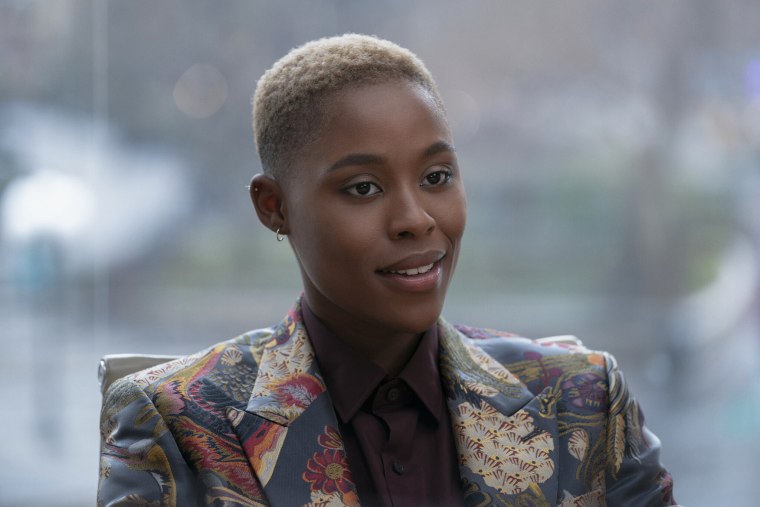
“And while I enjoyed the show, to be clear, the the idea that she would not have any other queer friends, to me, as a Black queer person, is odd,” Anderson said.
“We are expected to say, ‘Oh, this show has a queer person, you know, a queer character played by a queer person. That is a win for diversity,’ and maybe it is,” they added. “But in other instances, if this queer person is surrounded in a, you know, otherwise straight environment, what is it really doing when we’re talking about representation of our community?”
GLAAD also highlighted that LGBTQ inclusion is driven by a small handful of television networks. For example, Showtime, Freeform and FX represent nearly half, or 46 percent, of all LGBTQ regular and recurring characters on prime-time scripted cable programs. GLAAD also counted eight trans characters on broadcast TV series, with five of the eight, or 63 percent, appearing on The CW alone.
“We’re really pushing to work with more networks to make sure we’re not in a place where if one series ends, or if one character leaves or anything like that, that we’d see a huge decline anywhere,” Megan Townsend, GLAAD’s director of entertainment research and analysis, said.
As queer representation in TV has grown in recent years, LGBTQ actors and producers have also been snagging more awards for creating and playing queer roles.
Last month, Michaela Jaé “Mj” Rodriguez, 31, became the first trans person to win a Golden Globe, taking home the award for best actor in a TV drama for her role as housemother and nurse Blanca on the FX show “Pose.” Rodriguez’s record-breaking win came after the “Pose” star became the first trans performer to be nominated for a lead acting Emmy.
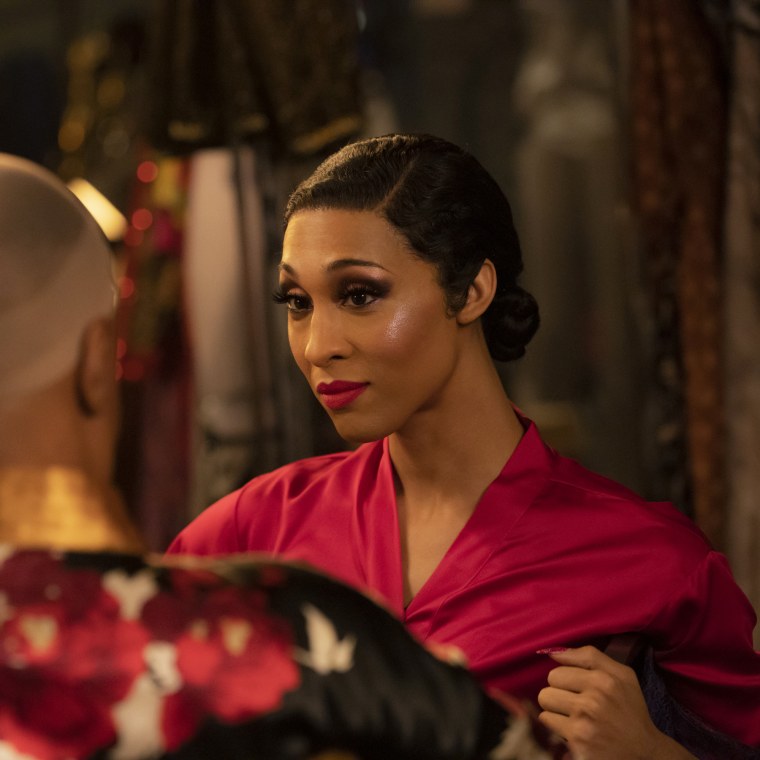
The Producers Guild of America named producer, writer, director Greg Berlanti — known for his hand in hit LGBTQ content — as this year’s honoree for the prestigious Norman Lear Achievement Award this month.
And last week, Kristen Stewart and Ariana DeBose became the first openly queer actors to get Oscar nods in two decades, while queer film “The Power of the Dog” — a psychological Western centered on a closeted rancher — received an eye-popping 12 nominations.
